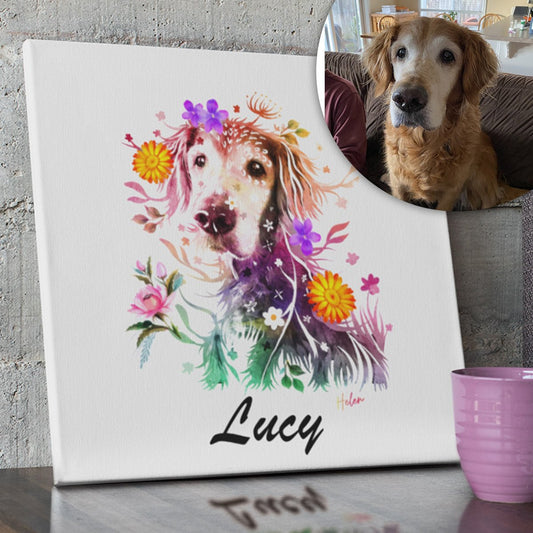Introduction:
Pets bring so much joy, love, and companionship into our lives. They become a part of our families, and we cherish the time we spend with them. However, owning a pet also means facing difficult decisions, including the choice of whether to euthanize them.
Euthanasia is the act of ending a pet's life in a humane manner, usually to relieve their suffering or to prevent further pain and distress. It is a heartbreaking decision that no pet owner wants to make. However, sometimes, it is the kindest and most compassionate choice for our furry friends.
In this article, we will explore the reasons behind pet euthanasia, the process of euthanasia, and how to cope with the loss of a beloved pet.
Reasons for Pet Euthanasia:
There are various reasons why pet owners may consider euthanasia for their pets. Here are some of the most common ones:
-
Terminal Illness: When a pet is diagnosed with a terminal illness and their condition is deteriorating, euthanasia may be the kindest choice to prevent further suffering.
-
Chronic Pain: Pets that are experiencing chronic pain that cannot be relieved by medication or other treatments may benefit from euthanasia to alleviate their discomfort.
-
Age-Related Issues: As pets age, they may develop conditions that affect their quality of life, such as arthritis, dementia, or blindness. Euthanasia may be considered if their symptoms are causing them distress and affecting their daily activities.
-
Aggression: If a pet becomes aggressive and poses a threat to other animals or people, euthanasia may be the safest option.
-
Financial Constraints: Unfortunately, some pet owners may be unable to afford the cost of treatment for their pet's illness or injury. Euthanasia may be considered as a more affordable alternative.
The Process of Euthanasia:
The process of euthanasia is designed to be as painless and peaceful as possible for the pet. Here are the steps involved in the process:
-
Consultation: The pet owner will have a consultation with a veterinarian to discuss the reasons for euthanasia, the process involved, and any aftercare options.
-
Sedation: The pet will receive a sedative to help them relax and feel no pain or distress during the procedure.
-
Injection: The veterinarian will then administer a lethal injection of medication, which will quickly and painlessly stop the pet's heart.
-
Aftercare: The pet's body will be treated with respect and dignity, and the owner may choose to bury them or have them cremated.
Coping with the Loss of a Beloved Pet:
Losing a pet is a difficult and emotional experience that can be overwhelming. Here are some tips on how to cope with the loss of a beloved pet:
-
Allow Yourself to Grieve: It is essential to allow yourself to feel the pain of your loss and to grieve in your way. This may involve crying, journaling, or seeking support from family and friends.
-
Memorialize Your Pet: Consider creating a memorial for your pet, such as a photo album, a scrapbook, or a special piece of art. This can help you honor their memory and keep them close to your heart.
-
-
Seek Support: There are many resources available to help pet owners cope with the loss of a pet, such as support groups, hotlines, and online forums. Consider reaching out to a grief counselor or therapist who specializes in pet loss.
-
Take Care of Yourself: It is essential to take care of yourself during this difficult time. Eat well, exercise, and get enough sleep. Try to engage in activities that bring you joy and help you feel better.
-
Consider Getting Another Pet: While getting another pet cannot replace the one you lost, it can help ease the pain and provide you with companionship and love. However, make sure that you are emotionally ready to bring another pet into your life.
Frequently Asked Questions:
Q: Is euthanasia painful for pets?
A: No, euthanasia is designed to be as painless and peaceful as possible for the pet. They are given a sedative to help them relax and feel no pain or distress during the procedure.
Q: Can I be present during the euthanasia process?
A: Yes, many veterinarians allow pet owners to be present during the euthanasia process. However, it is entirely up to the owner's preference.
Q: How long does the euthanasia process take?
A: The euthanasia process itself is relatively quick, usually taking only a few minutes. However, the consultation and aftercare may take longer.
Conclusion:
Pet euthanasia is a heartbreaking decision that no pet owner wants to make. However, sometimes, it is the kindest and most compassionate choice for our furry friends. It is important to understand the reasons behind pet euthanasia, the process involved, and how to cope with the loss of a beloved pet. Remember to take care of yourself and seek support during this difficult time.
-





